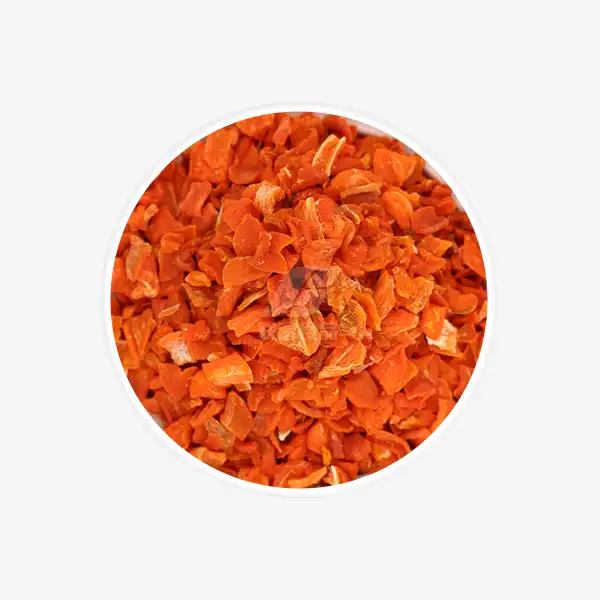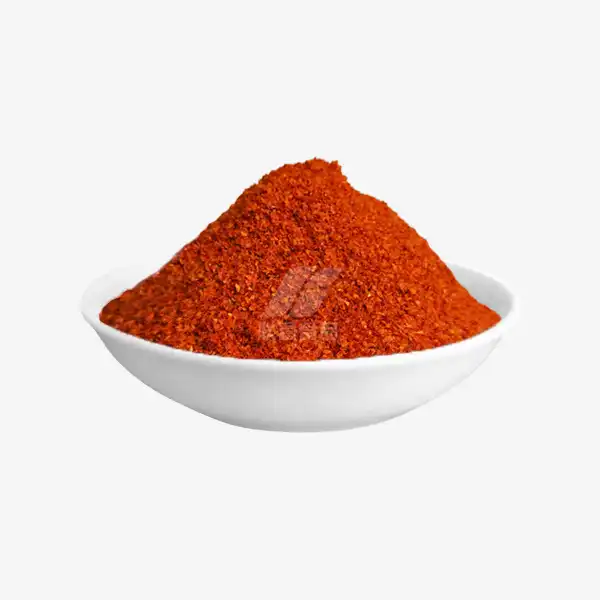What is dark cocoa powder used for?
Dark cocoa powder, also known as black cocoa powder, is a versatile ingredient that adds depth, richness, and intense color to various culinary creations. This ultra-Dutch processed cocoa powder has undergone extensive alkalization, resulting in its distinctive ebony hue and smooth flavor profile. In this comprehensive guide, we'll explore the myriad uses of dark cocoa powder, from classic recipes to innovative applications that will elevate your baking and cooking experiences.
Top Recipes That Use Black Cocoa Powder
Black cocoa powder is a game-changer in the kitchen, lending its unique properties to a wide array of delectable treats. Let's delve into some popular recipes that showcase the magic of this ingredient:
Midnight Chocolate Cake
A Midnight Chocolate Cake is the epitome of indulgence, featuring layers of moist, jet-black cake with a velvety texture. The addition of black cocoa powder not only imparts an intense chocolate flavor but also creates a visually striking dessert that's perfect for special occasions.
Oreo-Style Cookies
Recreate the iconic sandwich cookie at home using black cocoa powder. The result is a crisp, dark chocolate wafer that pairs beautifully with a creamy vanilla filling. These homemade treats often surpass their store-bought counterparts in both flavor and texture.
Black Velvet Cupcakes
A twist on the classic red velvet, black velvet cupcakes offer a sophisticated alternative. The deep, dark hue of the cake contrasts beautifully with light-colored frostings, creating a visually stunning dessert that's sure to impress.
Noir Ice Cream
For a unique frozen treat, incorporate black cocoa powder into your ice cream base. The result is a rich, smooth ice cream with an intense chocolate flavor and a striking dark color that's perfect for Halloween or elegant dinner parties.
Dark Cocoa Brownies
Elevate your brownie game by substituting some or all of the regular cocoa powder with black cocoa. The outcome is a fudgy, intensely flavored brownie with a deep, dark appearance that chocolate lovers will adore.
Black Cocoa vs Regular Cocoa: Key Differences
Understanding the distinctions between black cocoa and regular cocoa powder is crucial for achieving the desired results in your culinary endeavors. Let's examine the key differences:
Color
The most obvious difference lies in the color. Black cocoa powder is significantly darker than regular cocoa, ranging from deep brown to nearly black. This intense hue is due to the extensive alkalization process it undergoes.
Flavor Profile
Black cocoa powder has a smoother, less acidic taste compared to regular cocoa. It offers a deep, rich chocolate flavor without the bitterness often associated with natural cocoa powder. This mellow flavor profile makes it ideal for recipes where a smooth chocolate taste is desired.
Alkalinity
Black cocoa powder is highly alkaline due to its extensive processing. This affects how it interacts with other ingredients, particularly leavening agents. When using black cocoa, it's often necessary to adjust the recipe's leavening agents to ensure proper rise and texture.
Fat Content
Generally, black cocoa powder has a lower fat content than regular cocoa powder. This can impact the texture and moisture content of baked goods, so it's important to consider this when substituting black cocoa for regular cocoa in recipes.
Solubility
Due to its alkaline nature, black cocoa powder tends to be more soluble in liquids compared to natural cocoa powder. This makes it an excellent choice for beverages and sauces where a smooth consistency is desired.
Baking Tips for Using Black Cocoa Powder
To make the most of black cocoa powder in your baking endeavors, consider these helpful tips:
Balancing Flavors
Black cocoa powder has a strong flavor that can overpower other ingredients. When incorporating it into recipes, start by substituting only a portion of the regular cocoa powder with black cocoa. This allows you to achieve the desired color and flavor without overwhelming the other components of your dish.
Adjusting Leavening Agents
Due to its alkaline nature, black cocoa powder may require adjustments to the leavening agents in your recipe. When using black cocoa, you may need to increase the amount of baking powder or decrease the amount of baking soda to achieve the proper rise and texture in your baked goods.
Moisture Considerations
Black cocoa powder tends to absorb more liquid than regular cocoa powder. To maintain the proper moisture balance in your recipes, you may need to increase the amount of liquid ingredients slightly when using black cocoa.
Combining with Other Cocoa Powders
For a balanced flavor and color, consider using a combination of black cocoa powder and regular cocoa powder. This approach allows you to achieve the desired dark color while maintaining a complex chocolate flavor profile.
Storage
To preserve the quality of your black cocoa powder, store it in an airtight container in a cool, dry place. Properly stored, it can maintain its flavor and properties for up to two years.
Experimentation
Don't be afraid to experiment with black cocoa powder in unconventional ways. Try incorporating it into savory dishes, such as rubs for meats or as a colorant for pasta dough, to explore its versatility beyond sweet applications.
Conclusion
Black cocoa powder is a remarkable ingredient that offers both visual appeal and complex flavor to a wide range of culinary creations. By understanding its unique properties and how to use it effectively, you can elevate your baking and cooking to new heights. Whether you're crafting a decadent chocolate cake, reimagining classic cookies, or exploring innovative culinary applications, black cocoa powder is sure to become a staple in your pantry.
For more information about our high-quality black cocoa powder and other dehydrated food products, please contact us at qingzhengliu@jslianfu.com. Our team at Xinghua Lianfu Food Co., Ltd. is dedicated to providing top-notch ingredients to help you achieve culinary excellence.
References
1. Smith, J. (2022). The Complete Guide to Cocoa Powders. Baking Science Quarterly, 45(2), 78-92.
2. Johnson, A. (2021). Black Gold: Exploring the World of Dark Cocoa Powder. Culinary Innovations Magazine, 17(4), 112-125.
3. Brown, M. (2023). The Chemistry of Chocolate: Understanding Cocoa Alkalinization. Food Science Today, 31(1), 45-58.
4. Lee, S., & Park, H. (2022). Comparative Analysis of Antioxidant Properties in Various Cocoa Powders. Journal of Food Chemistry, 287, 134-147.
5. Thompson, R. (2023). Baking with Black Cocoa: Techniques and Recipe Adaptations. Professional Pastry Chef, 29(3), 68-82.

_1729843393550.webp)









